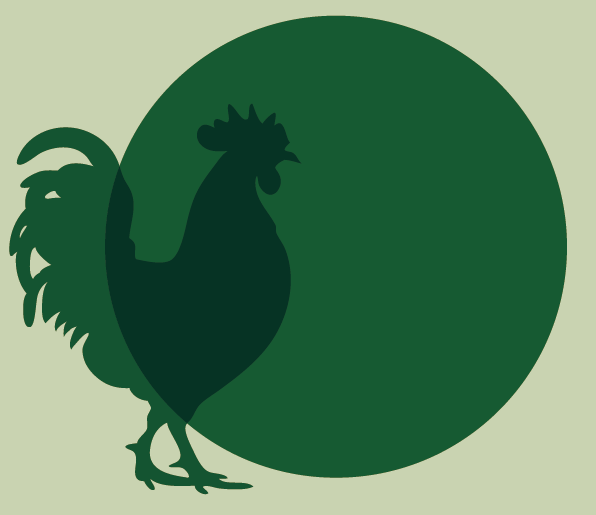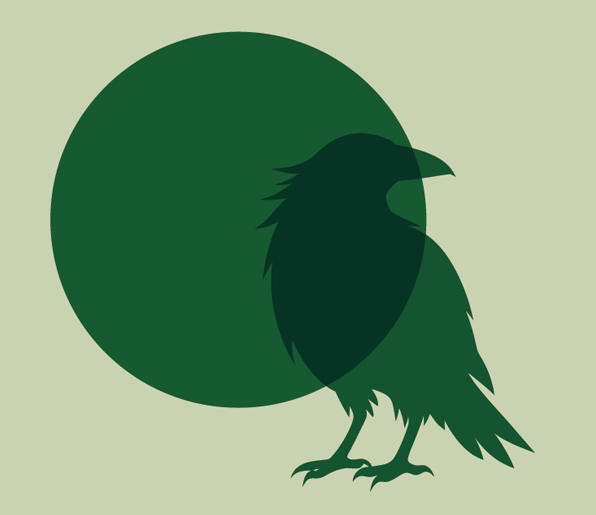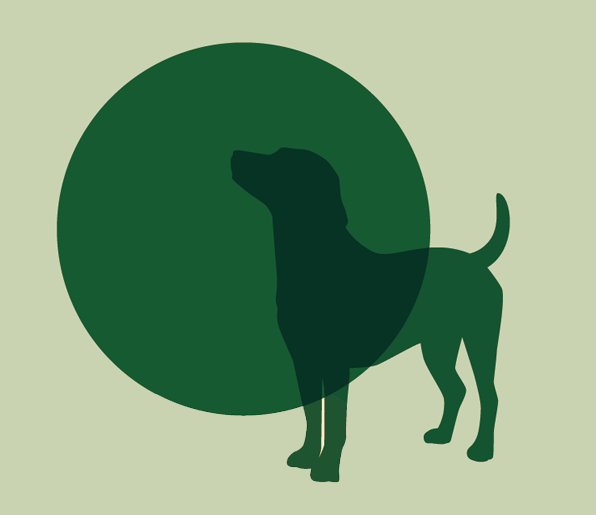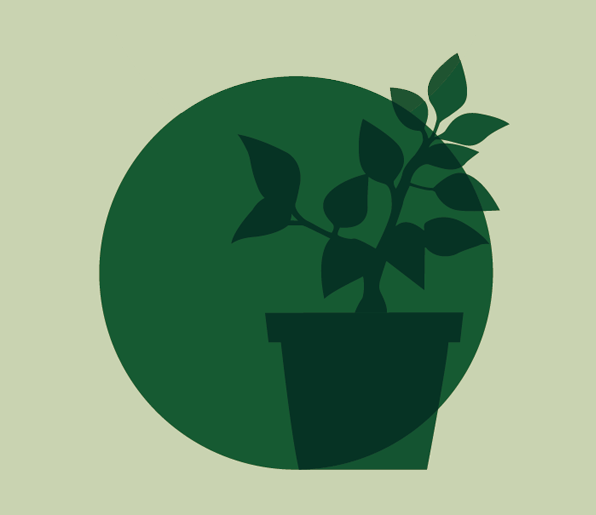
Alice Walker and the Chickens
Alice Walker, the first African-American female novelist to win the Pulitzer Prize, was a chicken lover. She made a cozy coop for her chickens and even read books to them. She named one of the chickens “Gertrude Stein” and took great care of it. She even published “The Chicken Chronicles,” a collection of her letters to the chickens and the observation notes she wrote while raising 12 chickens. She once said, “The chickens penetrated into open spaces that I have never even attempted to enter,” implying that she considered chickens her life teacher.




